I chose this film for a few reasons. I’d been reading about the early days of film, and learned about Florence Lawrence. Hers was not a name I recognized, but she’s known as the first American movie star. Before her, people went to see films primarily for the novelty of seeing a film, or for the story the film promised to tell. If they wanted a western, they went to a western, and so forth. Florence Lawrence was the first person who could draw an audience simply by being in a film. She worked for the Biograph Company movie studio, and by about 1909 was being referred to by filmgoers as “the Biograph Girl.” Here is a picture of her, taken in 1908, the same year this film came out.
Many of her films are lost, and as I was sifting through the ones that remain I noticed that D.W. Griffith was listed as the director of quite a few. At the time he was one of many anonymous directors churning out literally dozens of films every year, but as he’d later go on to great fame as one of the earliest superstar directors, I thought it would be interesting to see some of his early work. The Call of the Wild seemed an obvious choice, because who doesn’t love that story of an indomitable dog in the wilds of the Yukon?
Surprise! This movie is not about Buck the dog. Instead, it’s about a Native American named George, and his unrequited love for Gladys, played by Florence Lawrence. While it’s a short movie, running just over 14 minutes long, it’s a definite step up in terms of story and production from anything I’ve yet watched as part of this project. This feels like a real, complete movie, albeit a very short one, with three acts, tension, and resolution. It even has an unhappy ending. It was originally released in theaters on October 27, 1908.
Some may view this as a politically incorrect film, by today’s standards, but I tried to watch through the eyes of a member of a 1908 audience as best I could. George has returned home to the American West after finishing school in Pennsylvania, where he was both a top student and a football star. At a party being held in his honor, he expresses his love for the host’s daughter, who rejects him. He goes home, gets drunk, and puts on his old Native American attire and rejoins his tribe. They all drink, after which they ride off together and accost Gladys. George attempts to kiss her, but is rebuffed, and he is prepared to abduct her until she pleads with him. She points to the sky, seemingly invoking God, and George lets go. He realizes the error of his ways. His friends don’t agree with him, but he threatens them, and they acquiesce to his desire to let Gladys go free. She rides away. The film ends with George riding alone, rebuffed by both societies to which he belonged.
This is by no means great cinema, but Griffith tells a clear story, and has an eye for action. You can definitely see in retrospect that he had an eye for what worked on a big screen, and I’m eager to see more of what he did in his early years.
I watched this on YouTube, as I don’t have a copy of the film. Here’s the version I saw.
Next I’m watching: The Taming of the Shrew [1908], directed by D.W. Griffith.




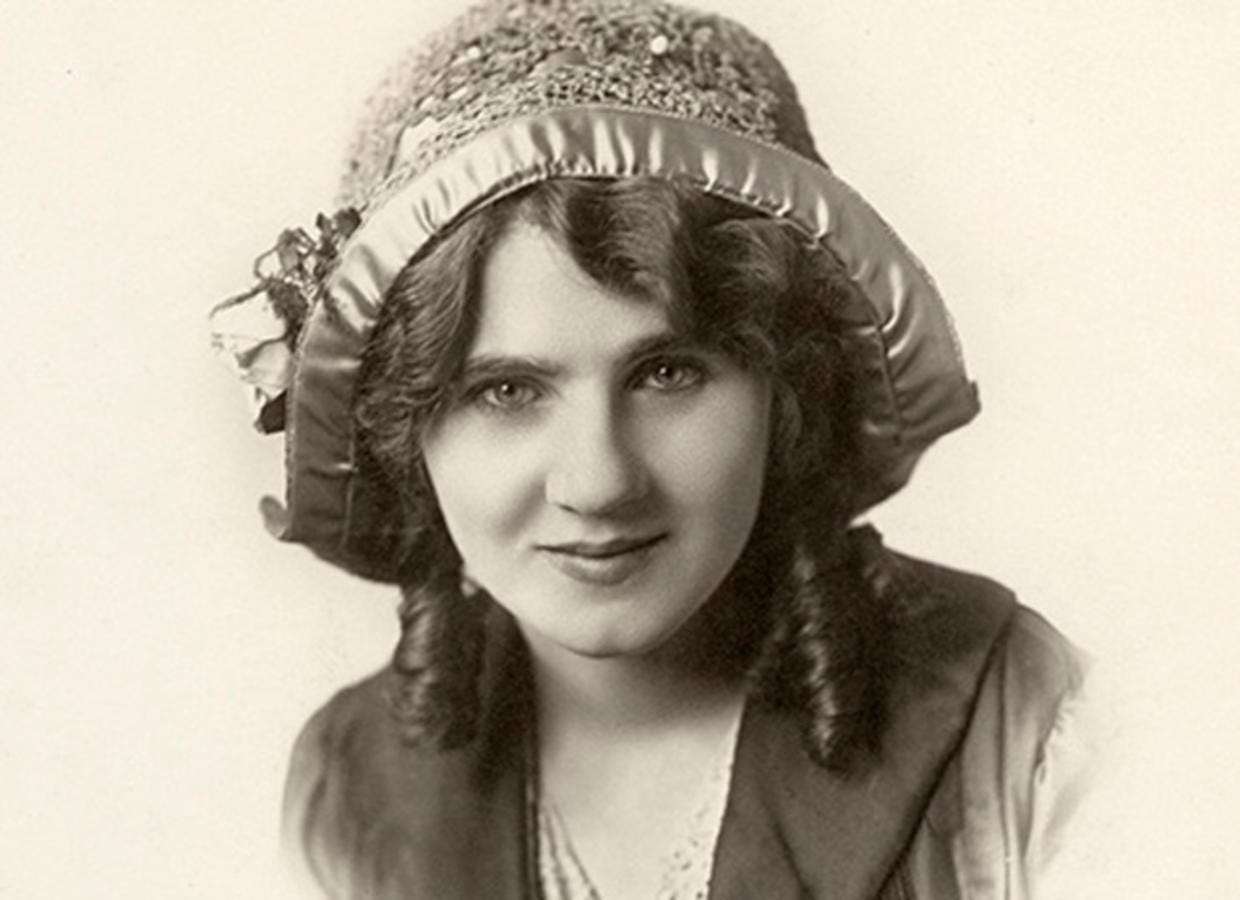

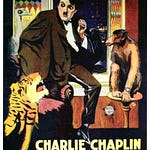
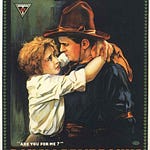
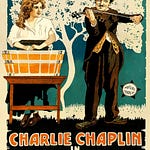

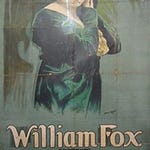
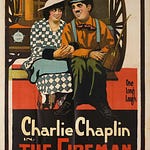

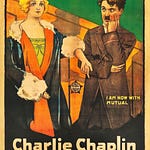
Share this post